Do I Need to Heat Up Canned Beef Stew Before Eating
Freezer tetris.
It's a thing, y'all.
We have two full-size freezers in the barn, as well as an additional fridge/freezer in the shop. (And a fridge/freezer in the house, of course). And we STILL run out of room…
There's a certain element of stress that enters in every time the butcher calls to say the latest animal is ready to be picked up… It's a balancing act of rearranging, organizing, and even giving meat away sometimes.
Don't worry, I'm absolutely not complaining– this is a good problem to have. But it's time to start canning meat more frequently to free up some space in the ol' freezers– especially considering we have 30 meat birds that'll need to be processed in March. Gulp.
Thankfully, not only is home-canned beef stew a great way to free up some freeze space, it also makes a quick, convenient supper when you don't have time to cook, and pizza delivery is out of the question. (Welcome to my life.)
The only kicker to this recipe is you MUST use a pressure canner — a water bath canner is NOT safe for this recipe, since we're preserving low-acid foods. Thankfully, pressure canners aren't as scary as they seem, and you can get my full pressure canner tutorial here.
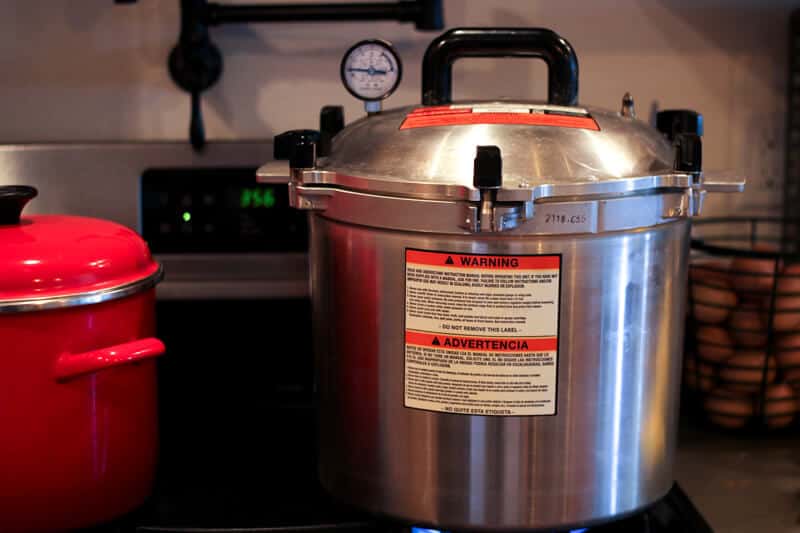
Raw Pack vs. Hot Pack
I ran into some unanswered questions when I set out to write this post.. The Ball Blue Book's only recipe for beef stew calls for you to put all the ingredients in a big pot and simmer it before you place it in jars (aka hot-packing).
However, I found many recipes online saying you can safely raw-pack beef and veggies for stew (aka put the browned meat and raw veggies right into the jar and covering with boiling water). To be honest, the raw-packing method appeals to me much more than the hot-packing method does, since it's faster and will produce slightly less-mushy veggies.
That being said, I couldn't find any "official" canning authorities who gave recommendations for raw packing homemade beef stew. I even contacted my county extension agent, and she didn't know either. Soooooo… I'm going to have to recommend you follow the "official" rules and hot pack your stew. (Although I may or may not have raw-packed mine…. ahem.)
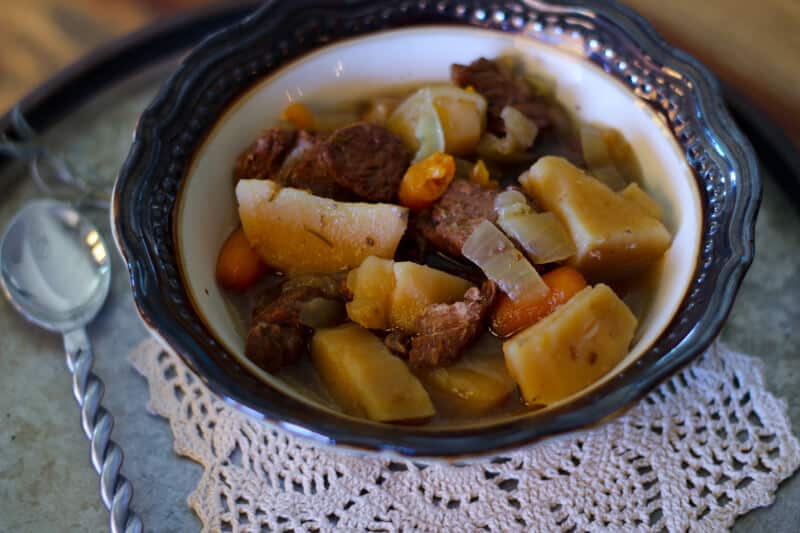
How to Can Beef Stew
For Quart Jar You Will Need:
- 1 1/4 teaspoon sea salt (I use Redmond Salt.)
- 1/4 teaspoon ground black pepper
- 3/4 teaspoon dried thyme
- 1/2 teaspoon dried rosemary
- 2 cloves garlic, minced
- 1 cup beef stew meat, cut into 1″ cubes
- 1 cup potatoes, peeled and cut into cubes
- 1/2 cup carrots, cut into chunks
- 1/2 cup onions, diced
*I won't go into the details of pressure canning in this post. However, if you are new to the process, check out my pressure canning tutorial before you proceed.
**IF I was telling you how to raw pack this recipe, I would say to put the herbs, salt, pepper, and garlic in the bottoms of clean mason jars, then add the browned stew meat, the potatoes, the carrots, and the onions before filling the jar with boiling water. But since I can't recommend raw packing officially, I'll proceed with hot packing recommendations below…. Ahem.
Add 1 tablespoon of lard, bacon fat, or coconut oil to a large dutch oven or stew pot and brown the meat. It doesn't need to be perfectly cooked through, just browned on the outside.
Add the rest of the ingredients to the large dutch oven, and cover with water. Bring the stew to a boil, then ladle into hot, clean, quart-sized jars. Leave 1″ headspace.
Clean the rims of the jars, adjust the two-piece lids, and process in a pressure canner at 10lbs of pressure for 90 minutes. (Or if you live at altitude, remember to adjust to 15lbs of pressure accordingly.)
To serve: Reheat your beef stew in a saucepan on the stove for 10 minutes before serving. Definitely taste before serving and add more salt or seasonings if needed.
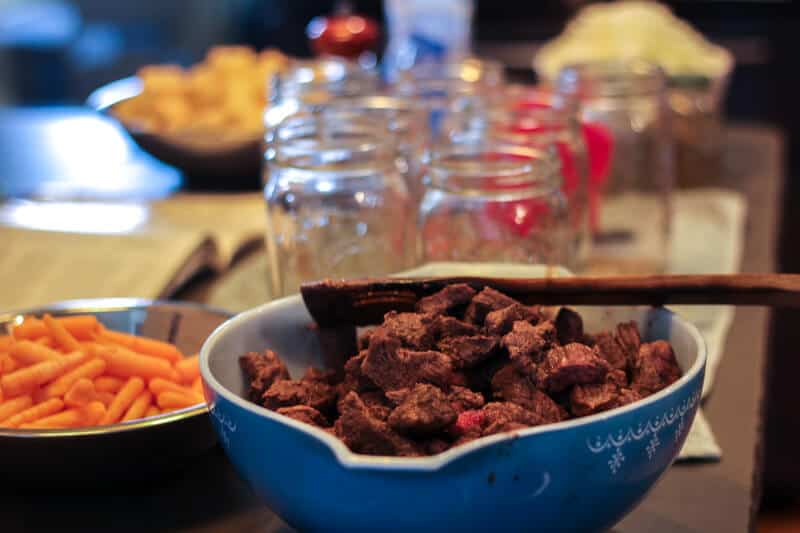
Home Canned Beef Stew Notes
- You can also use pint jars for this recipe– just reduce the processing time to 70 minutes.
- If the meat you are using is very fatty, it's wise to drain the fat from the dutch oven after browning but before you add the rest of the ingredients for simmering. Otherwise, the excess fat can bubble up around the rim of the jar during processing time and will cause your lids not to seal.
- It is NOT advised to add any thickeners to home-canned stew before you can it. So if you'd like to add flour or cornstarch to this recipe to make it thicker, you'll need to add it after you open the jar for reheating.
- If you don't have stew meat, you can also cut up various roasts you may have hanging out in the freezer.
- Home-canned foods taste the best if you eat them within a year of preserving. However, they will last on the shelf much longer than that, although the nutrition will being to decrease over time.
- Feel free to adjust the herbs and seasonings in this recipe to fit your tastes. You can also easily add more salt, etc, when you are heating up the canned soup for serving.
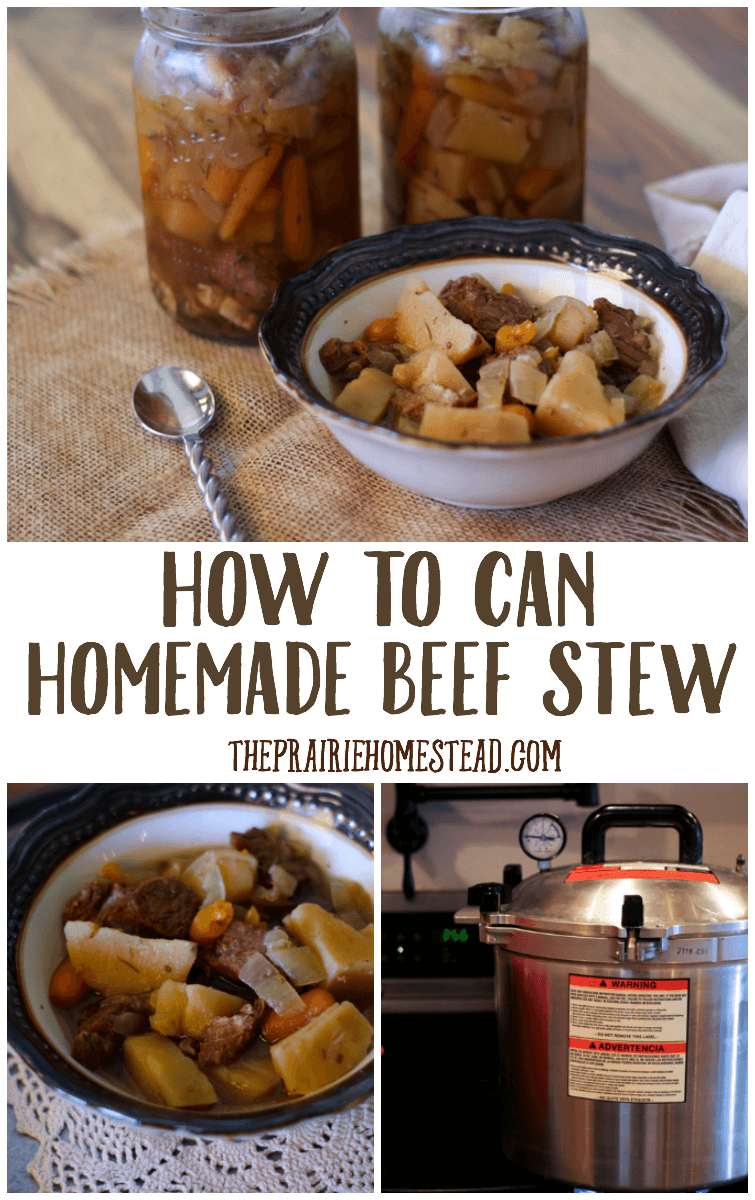
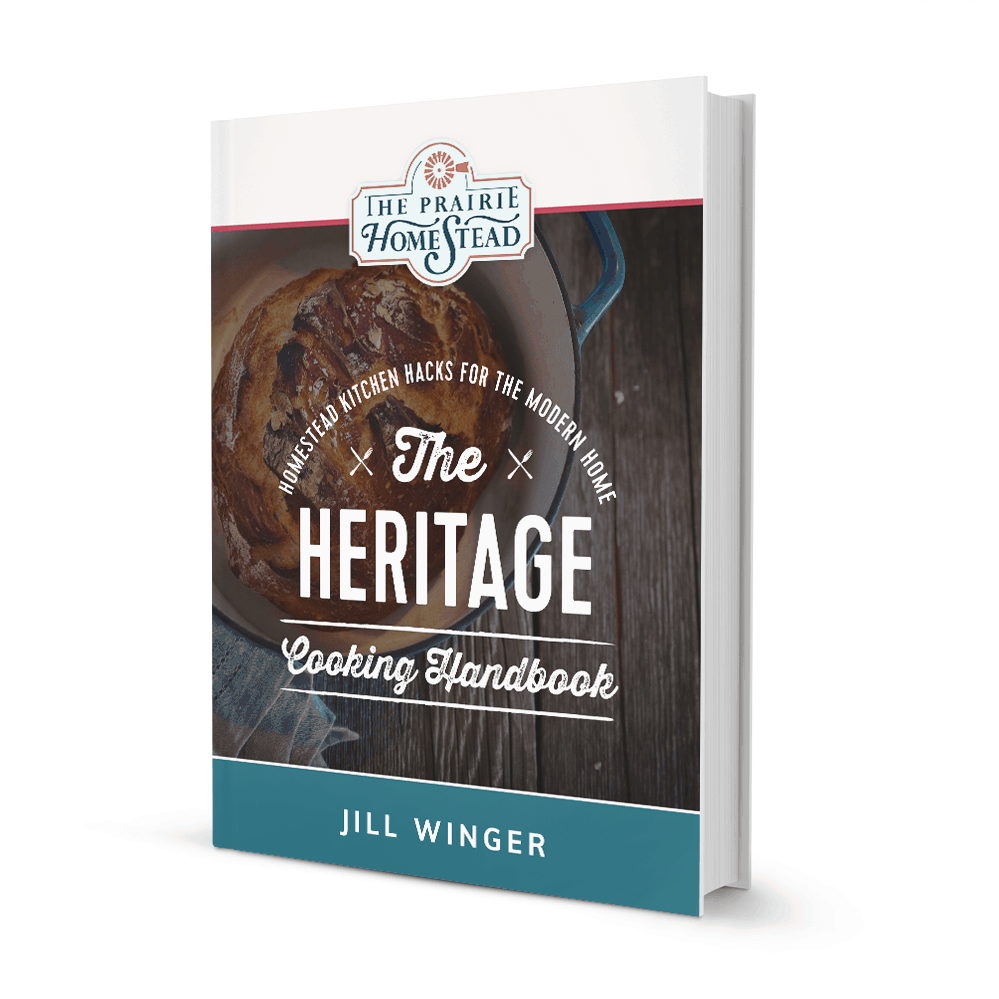
Learn to Cook Like a Farmer!
Transform your kitchen into a farm style kitchen no matter where you live with my Heritage Cooking Handbook! It's included as a part of my FREE digital homestead library. Enter your best email for instant access! >>
Source: https://www.theprairiehomestead.com/2017/03/can-beef-stew.html
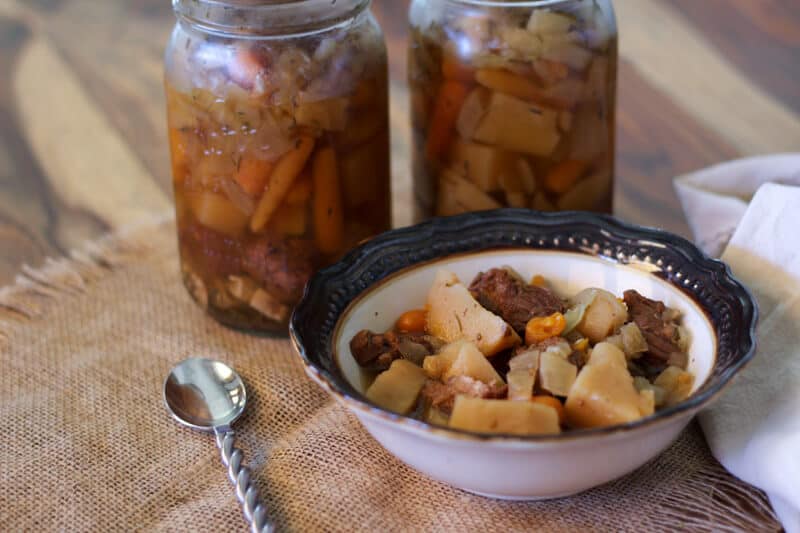
0 Response to "Do I Need to Heat Up Canned Beef Stew Before Eating"
Post a Comment